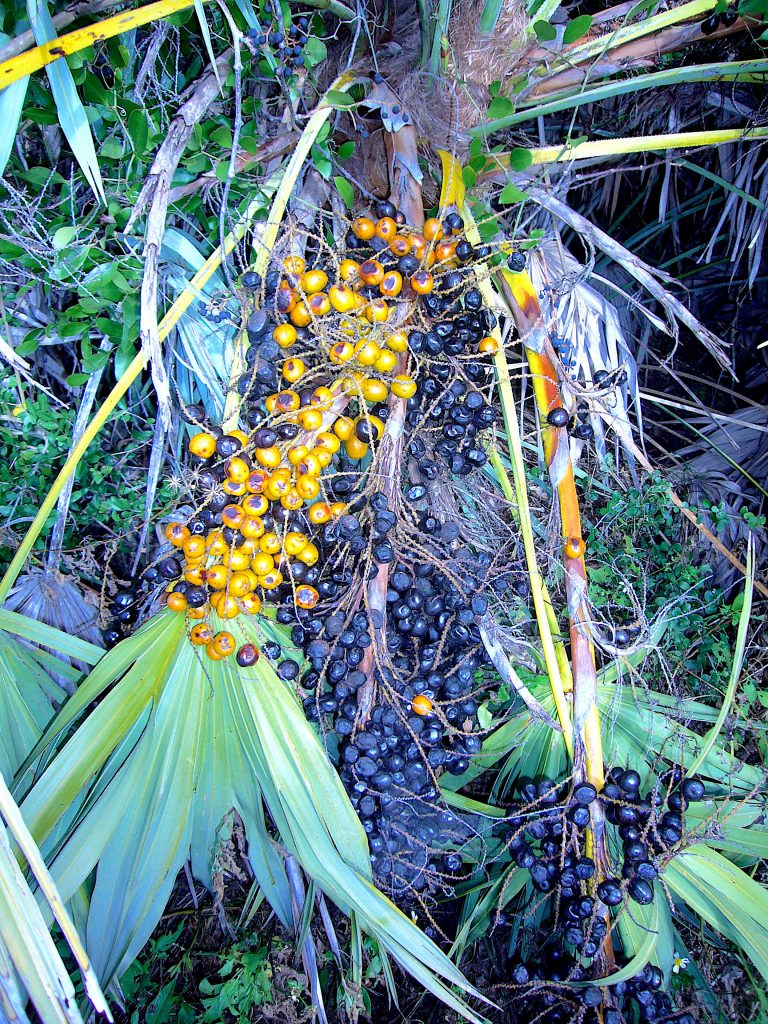
It’s the time of year to talk about Saw Palmettos berries. Once they were a staple food. Now they’re an herbal remedy. In between they were a soft drink (yeah, that’s a bit difficult to imagine.) Personally I think the berries might make a good spice or flavoring. Many flavoring agents are awful in amount more than a sprinkle or a drop. Perhaps Saw Palmetto’s bad reputation can be rehabilitated by some dedicated wild food chefs. Both my foraging classes this past weekend encountered the berries with mixed reviews. Some thought interesting, edible; others said never again. You can read about Saw Palmettos here and I have a video here.
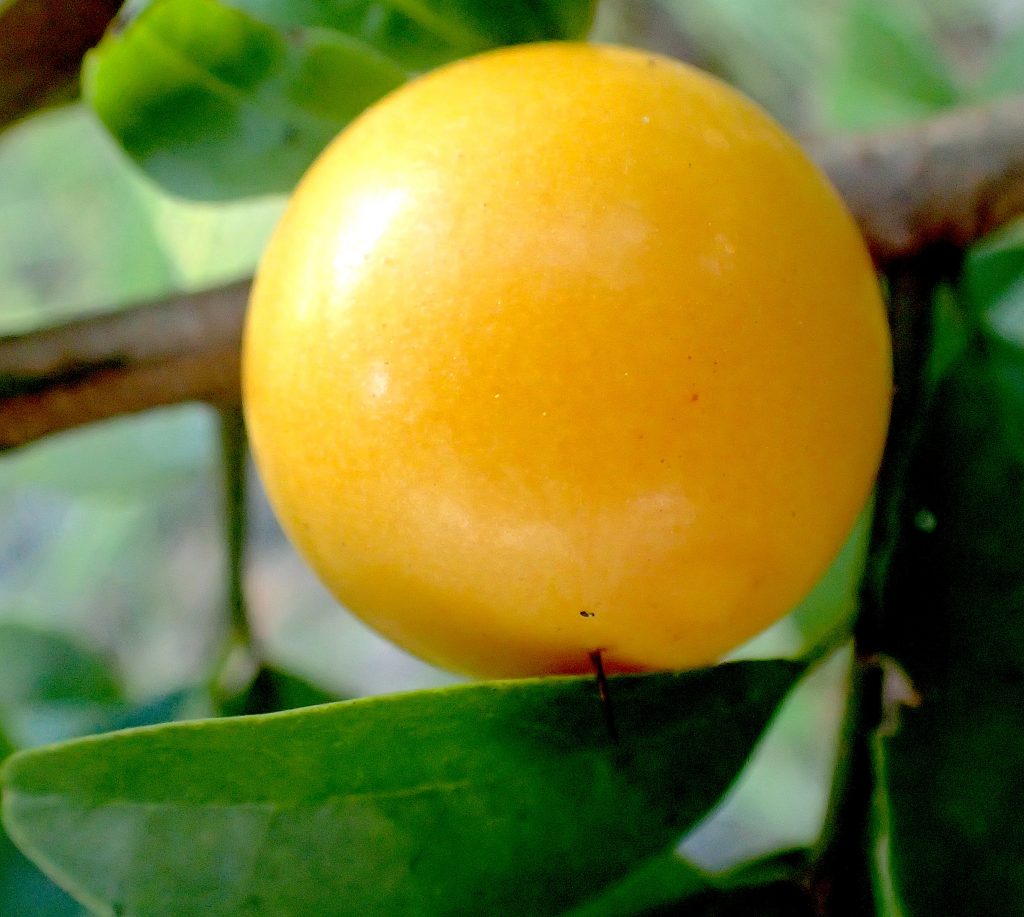
And while we have mentioned this a few times already now is the time to look for Tallow Plums. We certainly saw scores of shrubs this past weekend and hundred of ripe fruit. Liked by most who try them the fruit when ripe is both sweet and tart. As I have written much about this species let’s hear from someone else, Steve Facciola, the compiler of Cornucopia II: “Wild Olive, Tallow-Wood, Seaside Plum, False Sandalwood. The fruit, resembling yellow plums, have an acid-sweet, aromatic, almond-like flavor, and are eaten raw, pickled, preserved, or made into beer. Flower petals are eaten in soups. Seeds are the source of a non-drying oil, used in India as a substitute for ghee. Young leaves are used as potherb. Roasted kernels are edible, but may be purgative if eaten in quantity.” I would add the blossoms to a northern nose resembles lilacs. To read about the Tallow Plum go here.
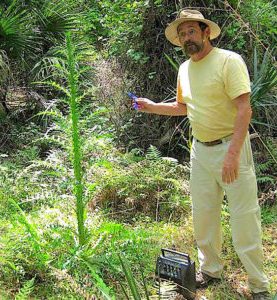
Hopefully bad weather and or the threat of it is remote this weekend. I have two foraging classes, one in east Orlando, the other in Largo, north of St. Petersburg. Maybe we’ll also get a little break in the temperatures as well.
Saturday, September 21st, Blanchard Park, 10501 Jay Blanchard Trail, Orlando, FL 32817. 9 a.m. to noon. Meet next to the tennis courts by the YMCA building.
Sunday September 22nd, Eagle Park Lake, 1800 Keene Road, Largo, FL 33771. 9 a.m. to noon. Meet at the pavilion near the dog park.
Saturday, September 28th, Florida State College, south campus, 11901 Beach Blvd., Jacksonville, 32246. 9 a.m. to noon. We will meet at building “D” next to the administration parking lot.
Sunday, September 29th, Bayshore Live Oak Park, Bayshore Drive. Port Charlotte. 9 a.m. to noon. Meet at the parking lot at the intersection of Bayshore Road and Ganyard Street. 9 a.m. to noon.
For more information about the classes, to sign up for or pay for one, go here.
I’ve never met a bad wild apple. There are sweet ones — edible off the tree — and there are bitter ones, often very good after roasting like a root vegetable. Nearly all apples are edible and are clones, well, at least commercial apples are clones. The experts tell us no two apple seeds are exactly alike. Granny Smith apple seeds will not produce a Granny Smith apple. The first Granny Smith apple tree was a unique tree and was cloned, as were all the other named apples we buy in the store or grow at home. Cloning might not be exactly the right term: Cuttings were taken from that tree and grafted on to other apple trees. That’s why it took nearly a century for the Granny Smith apple to get from Australia to our markets in the United States.
What I noticed as a boy was the great variety of apple trees there were around the fields, old homesteads, and roads where I grew up. Near the house, where our horses could raid it, was an old small wild apple that had green fruit tasting tart to bitter. We made pipes out of the wood. But, the apples cooked well and the horses liked them as is, right off the tree with a few leaves. Just outside their fence there was a large (I suspect cultivated) tree with apples that tasted similar to a Golden Delicious. Across the dirt road from the house were five apple trees by the road, offspring of a tossed apple core and subsequent generations.
I thought of these when last hiking in North Carolina. Feral apple trees were common and good. I harvested apples every time I saw a tree. Not one tree looked as if anyone had bothered to collect any apples from them (low-hanging fruit was still low-hanging.) This latter observation is perhaps the most telling. Humans have been eating apples for some seven thousand years. They are one of the best known foods even among people who never forage. It is difficult to think of a food more recognizable than apples yet they remained unharvested. Even ardent must-get-back-to-nature types leave them alone. To read more about apples, go here.
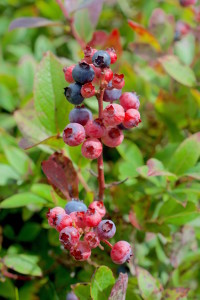
Elevation makes a difference. While hiking through the Blue Ridge Mountains I noticed poison ivy didn’t like to grow over 4,000 feet or so. That made getting off the trail easier but timber rattlesnakes were happy to take poison ivy’s place. Saw one up close and personal. It was well-fed. When you go up you go towards colder weather which influences plants and animals. On top of Roan Mountain on the North Carolina-Tennesse border in early September blueberries were just in season (and totally unpicked.) Blackberries were fruiting as well, and also unpicked with many drying in place. Following the modern call of the wild does not seemingly include knowing the plants around you.
Young sheep sorrel was just beginning to grow and I even found luscious chickweed just starting to blossom. Said another way elevation can extend harvest seasons. I am often asked which plants are edible along the Appalachian Trail. I answer with three questions: Which way are you hiking (north or south) what time of year, and at what elevation? Flatland foraging is elevation static; mountainous foraging is dynamic.

Donations to upgrade: If you’d lie to donate to this website and newsletter you can use this Go Fund Me link, this PayPal donation link or by writing to Green Deane POB 941793 Maitland FL, 32794. And I am in the process of writing to folks who are interested in exchanging some webmastering for foraging classes. As they used to say when we had television with antennas, stay tuned.
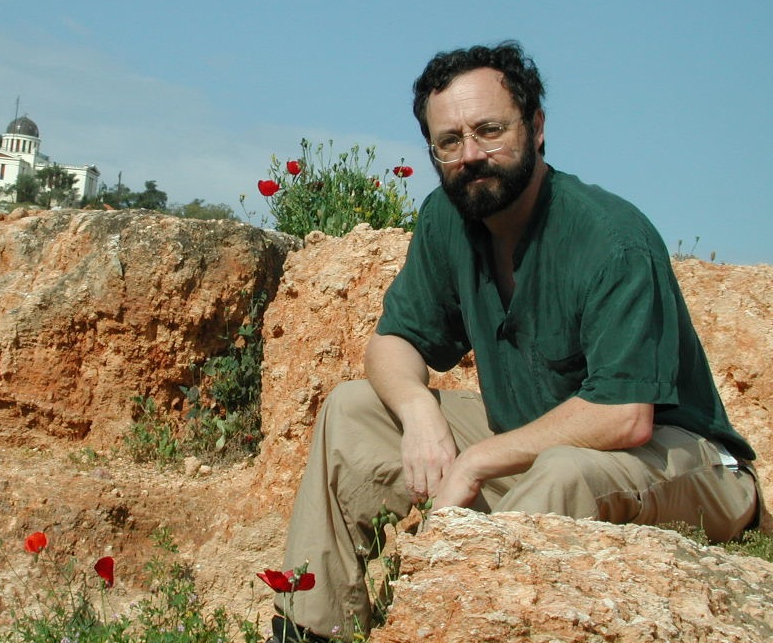
All My Videos are available for free on You Tube. They do have ads on them so every time you watch a Green Deane video I get a quarter of one cent. Four views, one cent. Not exactly a large money-maker but it helps pays for this newsletter. If you want to see the videos without ads and some in slightly better quality you can order the DVD set. It is nine DVDs with 15 videos on each for a total of 135 videos. Many people want their own copy of the videos or they have a slow service and its easier to order then to watch them on-line. The DVDs make a good gift for that forager you know especially as spring is … springing. Individual DVDs can also be ordered or you can pick and choose. You can order them by clicking on the button on the top right hand side of this page (if your window is open wide enough.) Or you can go here.
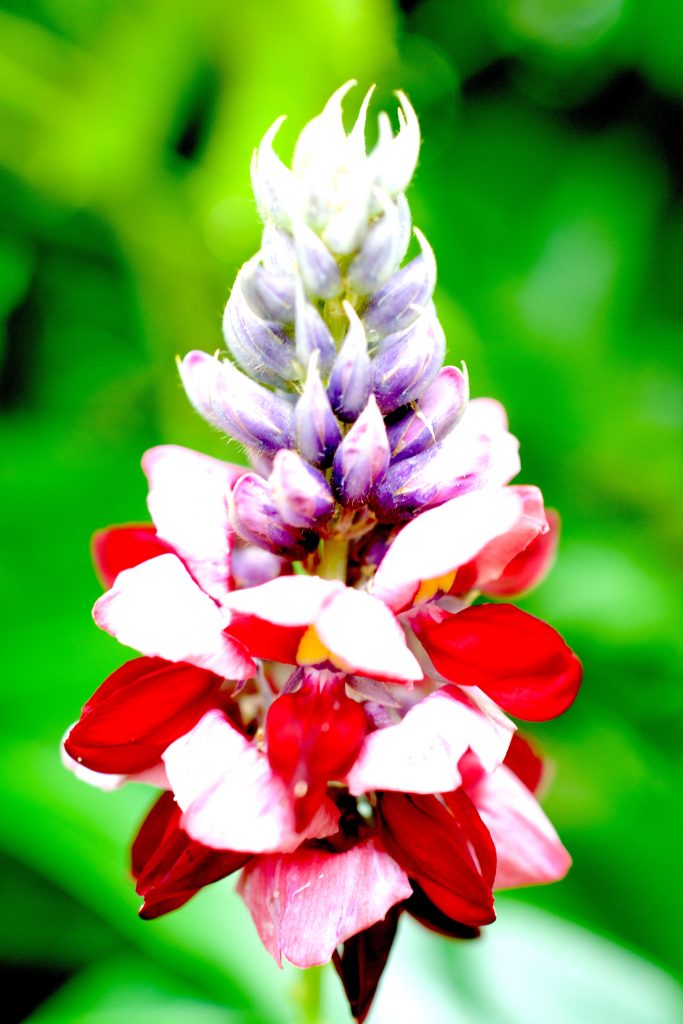
Want to identify a plant? Perhaps you’re looking for a foraging reference? You might have a UFO, an Unidentified Flowering Object you want identified. On the Green Deane Forum we — including Green Deane and some 8,000 others from around the world — chat about foraging all year. And it’s not just about warm-weather plants or just North American flora. Many nations share common weeds so there’s a lot to talk about. There’s also more than weeds. The reference section has information for foraging around the world. There are also articles on food preservation, and forgotten skills from making bows to fermenting food.
This is weekly newsletter 373. If you want to subscribe to this free newsletter you can find the sign-up form in the menu at the top of the page.

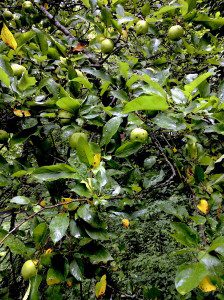
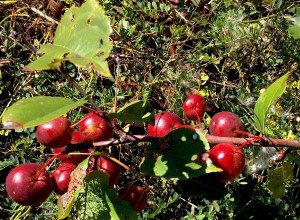
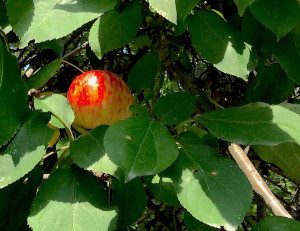
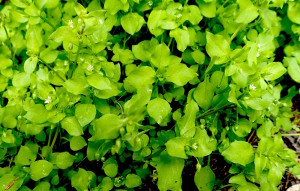

Is there anyway I can get an early harvest apple tree without getting a graft? I have plenty of seeds from them. Thanks.